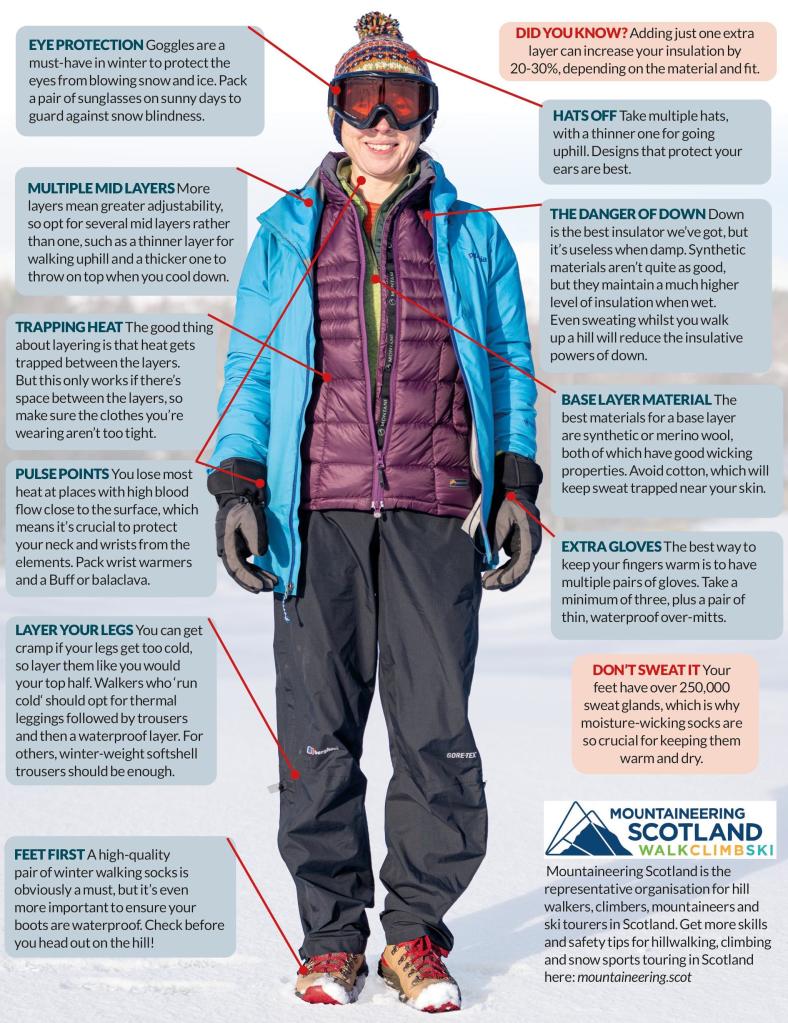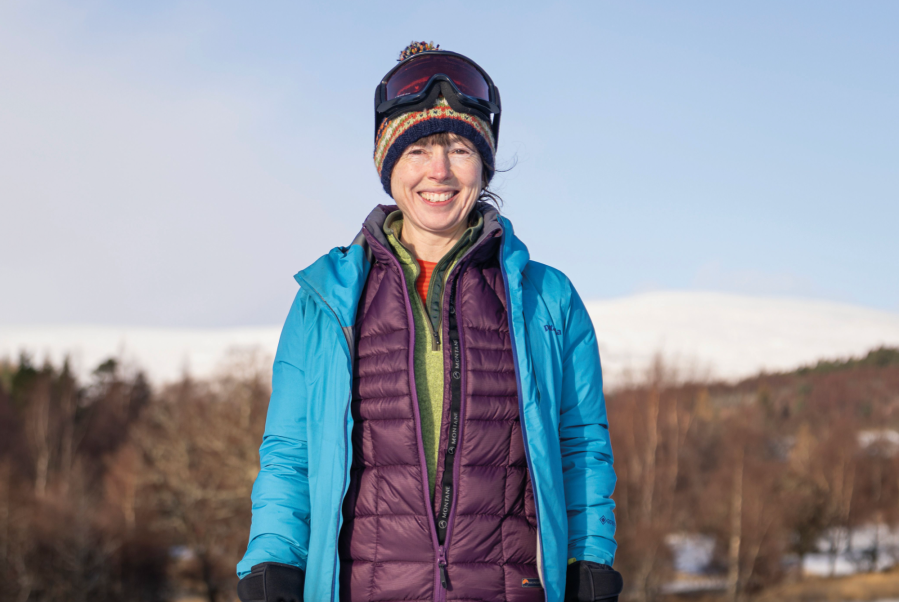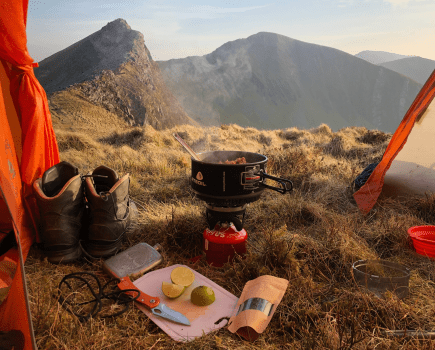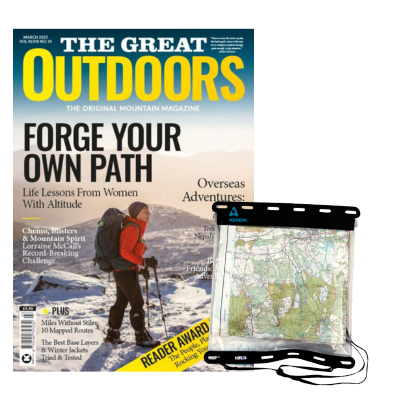Getting your layering system right is the best way to keep warm on the hill. Helen Gestwicki and Ross Cadie from Mountaineering Scotland explain how to layer for winter.
Winter weather in Britain offers a unique set of obstacles for walkers who must be able to stay warm or risk hypothermia. On the oft-unforgiving hills of our maritime island, the air temperature can hover just above freezing with high humidity, resulting in wet precipitation, like sleet and rain, rather than dry snow. Coupled with strong winds, which can make it feel well below the air temperature, staying warm can be a challenge. Knowing how to layer for winter hills will help your kit work effectively for you.
Think you know it all already? Take our quiz on how to avoid hypothermia in the hills.
Main image credit: David Lintern
Layering adaptable kit – with many opting for a 3- or 4-layer system including a wicking base layer, an active mid layer, an insulating layer and a hard shell – can help you react to changeable conditions and have safe adventures when the mercury drops. Here, the expert from Mountaineering Scotland explain how to layer for winter hills and mountains.

An adaptable layering system can actually mean life or death on challenging days in our mountains. Credit: Shutterstock
The danger of down: Down is the best insulator we’ve got, but it’s useless when damp. Synthetic materials aren’t quite as good, but they maintain a much higher level of insulation when wet. Even sweating while you walk up a hill will reduce the insulative powers of down.
Multiple mid-layers: More layers mean greater adjustability, so opt for several mid-layers rather than one. A thinner layer for walking uphill and a thicker one to throw on top when you cool down.
Trapping heat: The good thing about layering is that heat gets trapped between the layers. This only works if there’s space between layers, so make sure the clothes you’re wearing aren’t too tight.
Base layer material: The best materials for a base layer are synthetic or merino wool, both of which have good wicking properties. Avoid cotton, which will keep sweat trapped near your skin.
Layer your legs: You can get cramp if your legs get too cold, so layer them like you would your top half. Walkers who run cold should opt for thermal leggings followed by trousers and then a waterproof layer. For others, winter-weight softshell trousers should be enough.

Extra gloves: The best way to keep your fingers warm is to have multiple pairs of gloves. Take a minimum of three, plus a pair of thin, waterproof over-mitts.
Hats off: Take multiple hats, with a thinner one for going uphill. Designs that protect your ears are best.
Eye protection: Goggles are a must-have in winter to protect the eyes from blowing snow and ice. Pack a pair of sunglasses on sunny days to guard against snow-blindness.
Pulse points: You lose most heat at places with high blood flow close to the surface, which means it’s crucial to protect your neck and wrists from the elements. Pack wrist warmers and a buff or balaclava.
Feet first: A high-quality pair of winter walking socks is obviously a must, but it’s even more important to ensure your boots are waterproof. Check before you head out on the hill!
Don’t sweat it: Your feet have over 250,000 sweat glands, which is why moisture-wicking socks are so crucial for keeping them warm and dry.
DID YOU KNOW? Adding just one extra layer can increase your insulation by 20-30%, depending on the material and fit.
Mountaineering Scotland is the representative organisation for hill walkers, climbers, mountaineers and ski tourers in Scotland. Get more skills and safety tips for hillwalking, climbing and snowsports touring in Scotland at www.mountaineering.scot.








